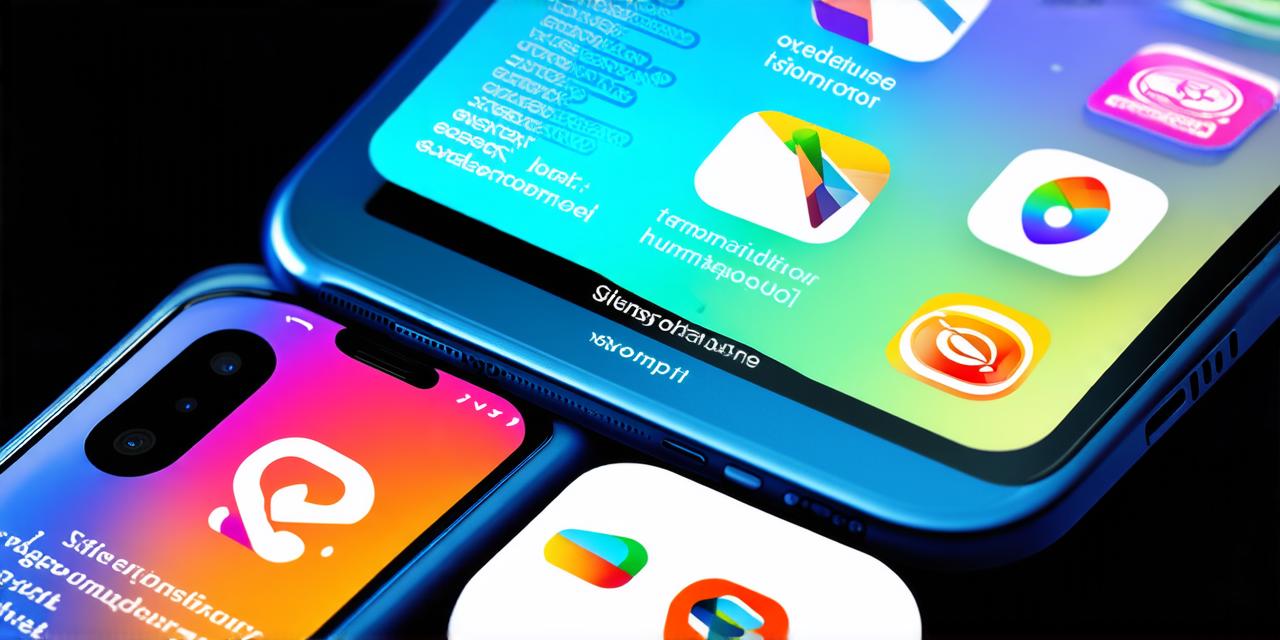1. Freemium Model: The Most Popular Monetization Strategy
The freemium model is perhaps the most well-known and widely used monetization strategy in the app development world. In this model, an app is offered for free to users, who can then opt to upgrade to a premium version for additional features or benefits. This approach has been used by many successful apps such as Dropbox, Evernote, and Instagram.

According to a survey conducted by CleverTap, a mobile analytics platform, 71% of app developers prefer the freemium model for monetization. The survey also found that the average premium subscription fee for apps in the US is $3.99 per month.
One of the main advantages of the freemium model is its ability to attract a large user base, which can then be converted into paying customers over time. Additionally, this model allows developers to test and iterate on their app’s features and pricing before fully committing to them.
1. In-App Advertising: Another Effective Monetization Strategy
In-app advertising has become a popular monetization strategy for app developers, particularly those in the gaming industry. This approach involves displaying ads within the app, which can be in the form of banners, interstitials, or native ads.
According to a report by eMarketer, global mobile ad spending is expected to reach $103.9 billion by 2021. This represents a significant opportunity for app developers who are looking to monetize their creations through advertising.
One of the main advantages of in-app advertising is its ability to generate passive revenue without requiring users to make any additional purchases or subscriptions. Additionally, this model allows developers to target specific audiences based on demographics and interests, which can lead to higher conversion rates.
1. Subscription Model: A Reliable Monetization Strategy for B2C Apps
The subscription model is a popular monetization strategy for business-to-consumer (B2C) apps that offer ongoing services or content. This approach involves charging users a recurring fee for access to the app’s features and benefits, which can be on a monthly, quarterly, or annual basis.
One of the main advantages of the subscription model is its ability to generate reliable revenue streams for app developers. Additionally, this model allows developers to build long-term relationships with their users, who are more likely to become loyal customers over time.
Examples of successful apps that use the subscription model include Netflix, Spotify, and Tidal. These apps offer a wide range of content and services, which require a monthly or annual fee for access.
1. In-App Purchases: A Lucrative Monetization Strategy for Gaming Apps
In-app purchases are a popular monetization strategy for gaming apps, which offer virtual goods and services that can be purchased with real money. This approach involves allowing users to purchase virtual currency, items, or power-ups within the app, which can then be used to enhance their gaming experience.
According to a report by Sensor Tower, global in-app purchases generated $30.9 billion in revenue in 2019. This represents a significant opportunity for game developers who are looking to monetize their creations through in-app purchases.
One of the main advantages of in-app purchases is their ability to generate high-margin revenue streams, particularly for games with a large user base and addictive gameplay. Additionally, this model allows developers to offer exclusive content and perks to users who are willing to pay for them, which can lead to increased engagement and loyalty.
1. Affiliate Marketing: A Monetization Strategy for Apps that Don’t Sell Products or Services
Affiliate marketing is a monetization strategy that involves earning commissions by promoting products or services from other companies within the app. This approach can be particularly useful for app developers who don’t sell their own products or services but still have an engaged user base.
According to a report by Statista, global affiliate marketing revenue is expected to reach $8.2 billion by 2022. This represents a significant opportunity for app developers who are looking to monetize their creations through affiliate marketing.



